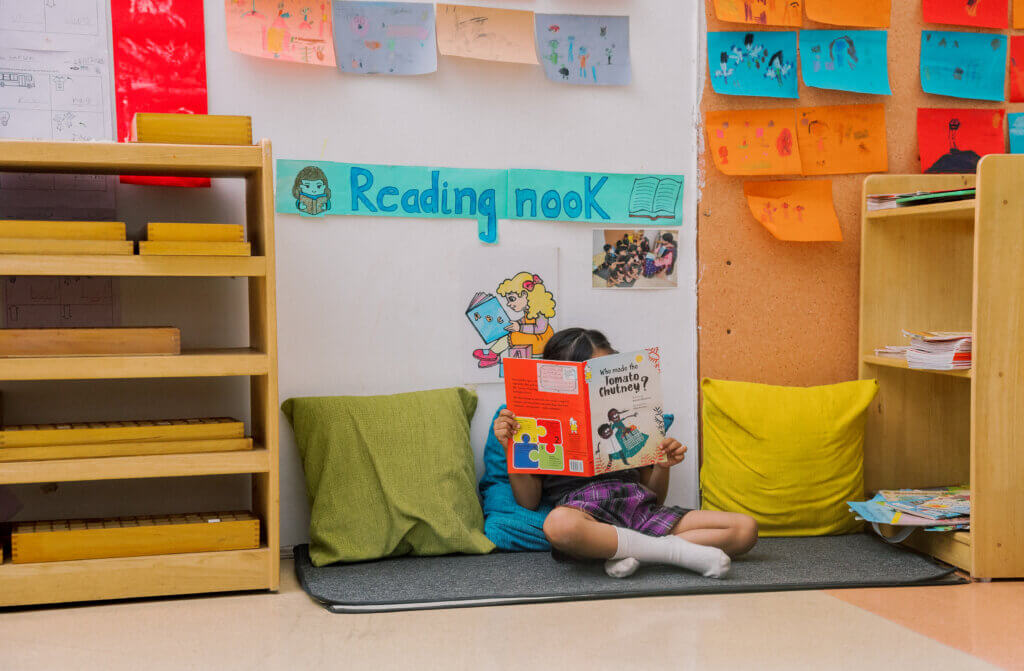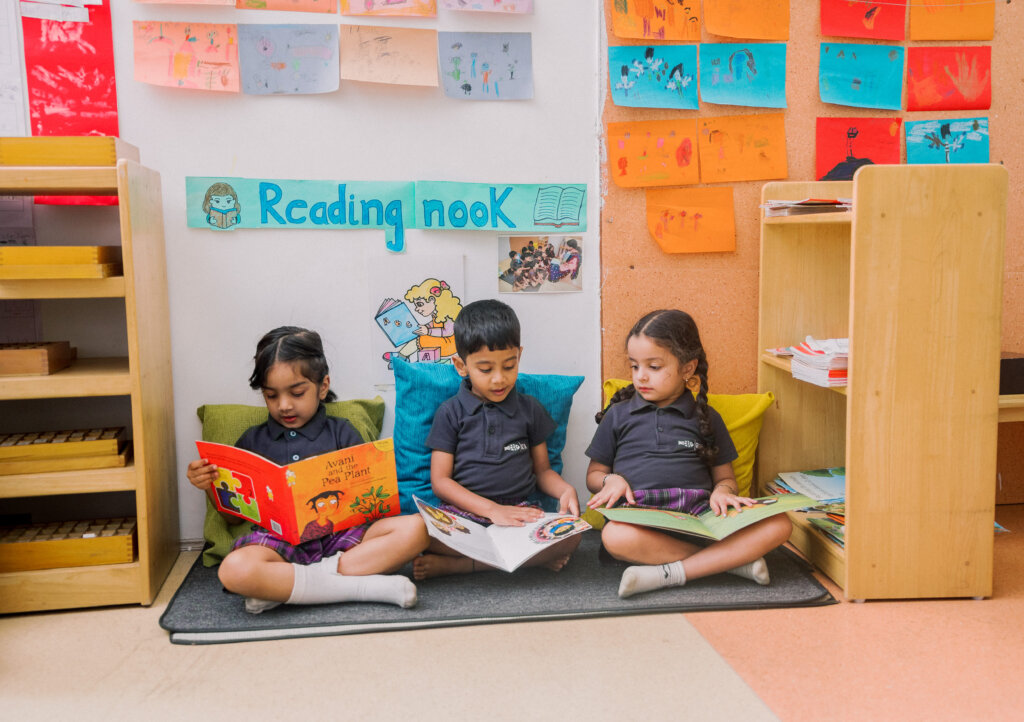An engaging environment for learning begins with the way a classroom feels and is just as important as what is taught within it. Before a single word is spoken or a lesson begins, the physical environment sets the tone—inviting students to explore, focus, collaborate, and belong. With the right design, a classroom becomes more than a backdrop; it becomes a partner in the learning process.
In this blog, we explore how thoughtful spatial design can transform classrooms into living, breathing environments that teach alongside us.

 Why Engaging Environment Matters
Why Engaging Environment Matters
The physical environment in a classroom deeply influences how students feel, think, and learn. Drawing from the Reggio Emilia philosophy, the concept of the “Third Teacher” suggests that beyond peers and educators, the environment itself educates. When classrooms are attuned to students’ interests and developmental stages, they foster autonomy, creativity, and emotional well-being.
In fact, a 2015 study found that classroom design accounts for 16% of the variation in primary students’ academic progress in a year. Factors like lighting, colour, temperature, air quality, and spatial organisation significantly affect engagement and achievement.
Let’s watch this video to understand the three key aspects of an engaging environment:
Bringing the Environment to Life: Practical Strategies
At Ekya Professional Development Institute, an Engaging Environment goes far beyond aesthetics. It is a functional, student-centred, and emotionally responsive space. Here are a few proven strategies you can implement:
1. Calm Corners & Reflection Zones
Promote social-emotional learning by creating a space where students can regulate their emotions and reflect.
Add sensory items, calming visuals, and SEL prompts (e.g., “How am I feeling?”).
Include reflection journals and colouring sheets with mandalas.
Make the space available for quiet time or self-regulation.
2. Reading Nooks
Encourage independent reading and a love for books.
Create a cozy reading space with varied genres and reading levels.
Let students choose books and maintain borrowing logs.
Assign rotating student librarians to encourage responsibility.
3. Soft Boards as Storyboards
Make learning visible and give students a sense of ownership.
Display student work, inquiry questions, and affirmations.
Co-curate boards with students under themes like “Our Learning Journey.”
Use boards for peer feedback and collaborative storytelling.
4. Flexible Seating Arrangements
A dynamic seating plan enables diverse teaching and learning styles.
Adapt seating daily based on instructional needs.
Allow for movement, group work, or solo tasks as required.
The goal: flexibility for both teachers and learners.
 Quick Tips for Teachers
Quick Tips for Teachers
- Declutter walls to enhance focus.
- Maximise natural light and ensure good ventilation.
- Co-design spaces with students to foster ownership.
- Rotate learning materials to sustain curiosity.


 Tool for an Engaging Environment: Circulate
Tool for an Engaging Environment: Circulate
An engaging environment also includes how teachers move within the space. “Circulate” is a classroom management strategy where the teacher intentionally walks around the classroom to observe, engage, and assist students in real time.
This simple action:
- Breaks the invisible barrier between teacher and student.
- Creates a shared space that feels collaborative and safe.
- Increases engagement and emotional connection.
Research shows that physical proximity improves classroom dynamics and learning outcomes.
💬 Final Thoughts: Let the Environment Teach Too
A classroom that is thoughtfully designed becomes more than a place—it becomes an educator in itself. It guides behavior, nurtures well-being, and fosters a culture of curiosity, collaboration, and calm.
Let your classroom speak as thoughtfully as your instruction—because in the right environment, every space becomes a learning space.
Do Checkout!
At Ekya PDI, we offer self-paced courses to equip educators worldwide with the latest teaching tools, techniques, and pedagogies.
We offer training programs on various scales and levels to suit individual and organisational training needs.
